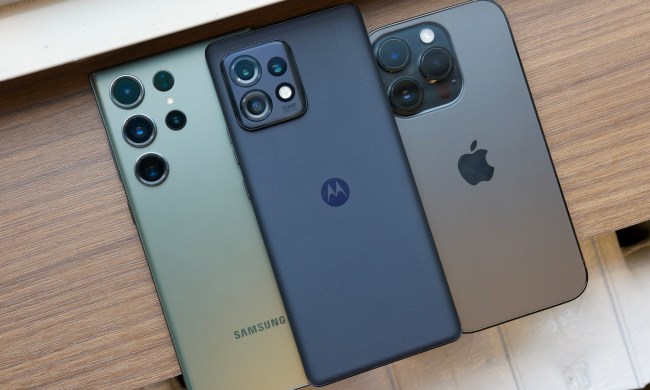
At this stage in the game, it’s kind of hard to imagine a world devoid of smartphones. The crazy convenient devices have become so engrained in our lives, there’s no chance of them going anywhere anytime soon. In fact, according to a recent study by ABI research, by the end of 2013, the number of active smartphones around the world will total around 1.4 billion.
Leading the pack will be Android, claiming 57 percent of the entire smartphone market. No surprisingly, following will be iOS, staking claim to 21 percent. Windows and Blackberry may not have hugely competitive numbers in the grand scheme of things, but they are still expected to be key players. It’s expected that some 45 million Windows phones in use, with the new Blackberry 10 being used by a surprising 10 million users.
So what does this even mean? First of all, it’s a clear indication that more and more people are continuing to rely on their phones as a primary means of all types of communication. But more importantly, it’s a sign that both Windows and, maybe even more surprisingly, Blackberry, are still strong contenders in the grand scheme of things. (The latter being the most surprising, since their latest launch is the first cutting edge cellular release from the company in quite some time.)
This could also be a determining factor in the app world. Developers are much more likely to spend their time focusing on platforms that will drive more eye balls, but, knowing that the two underdogs are gaining traction, it could very well mean that we will soon start to see an increase in the proliferation of apps for both Windows and Blackberry, both of which are severely lacking.

